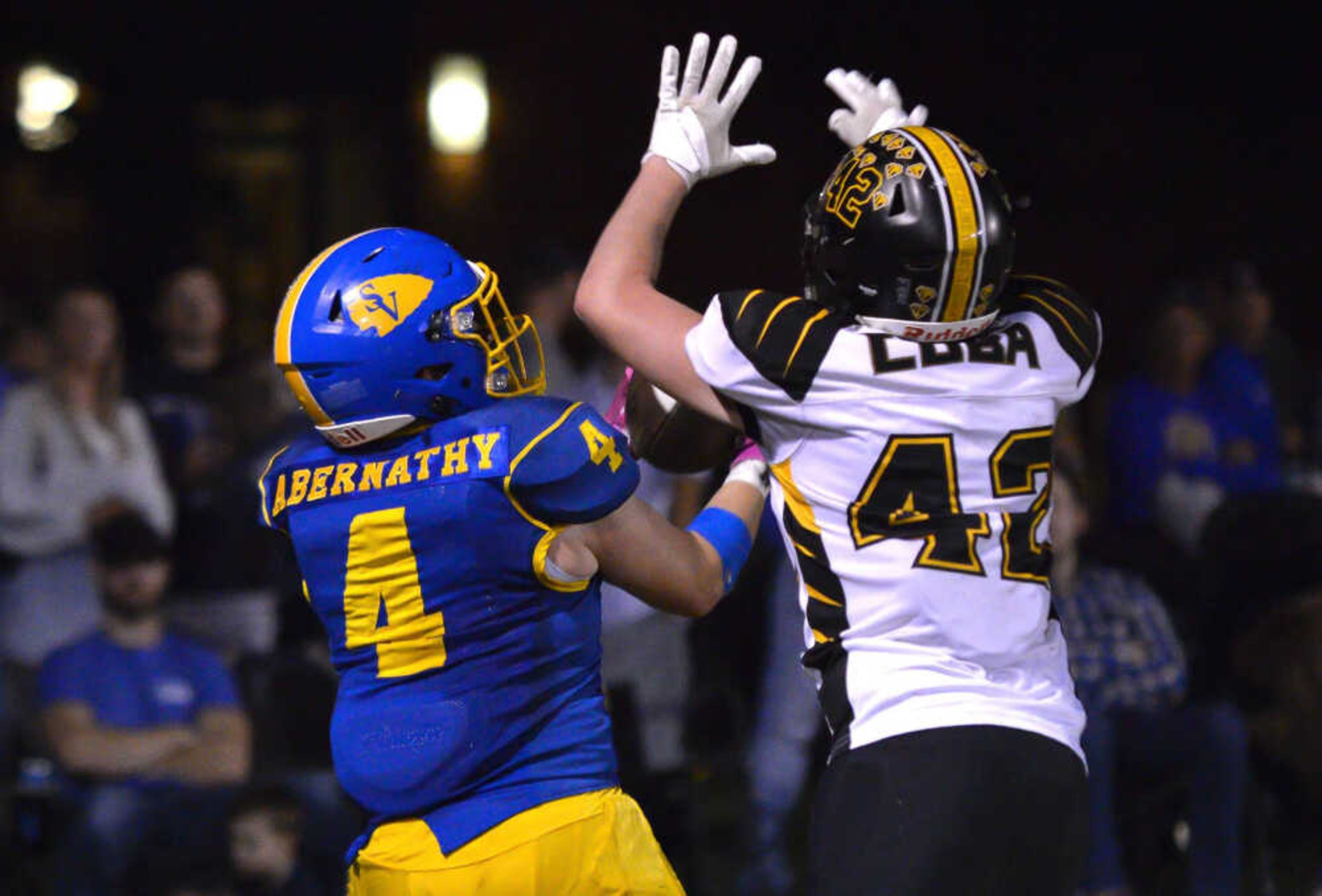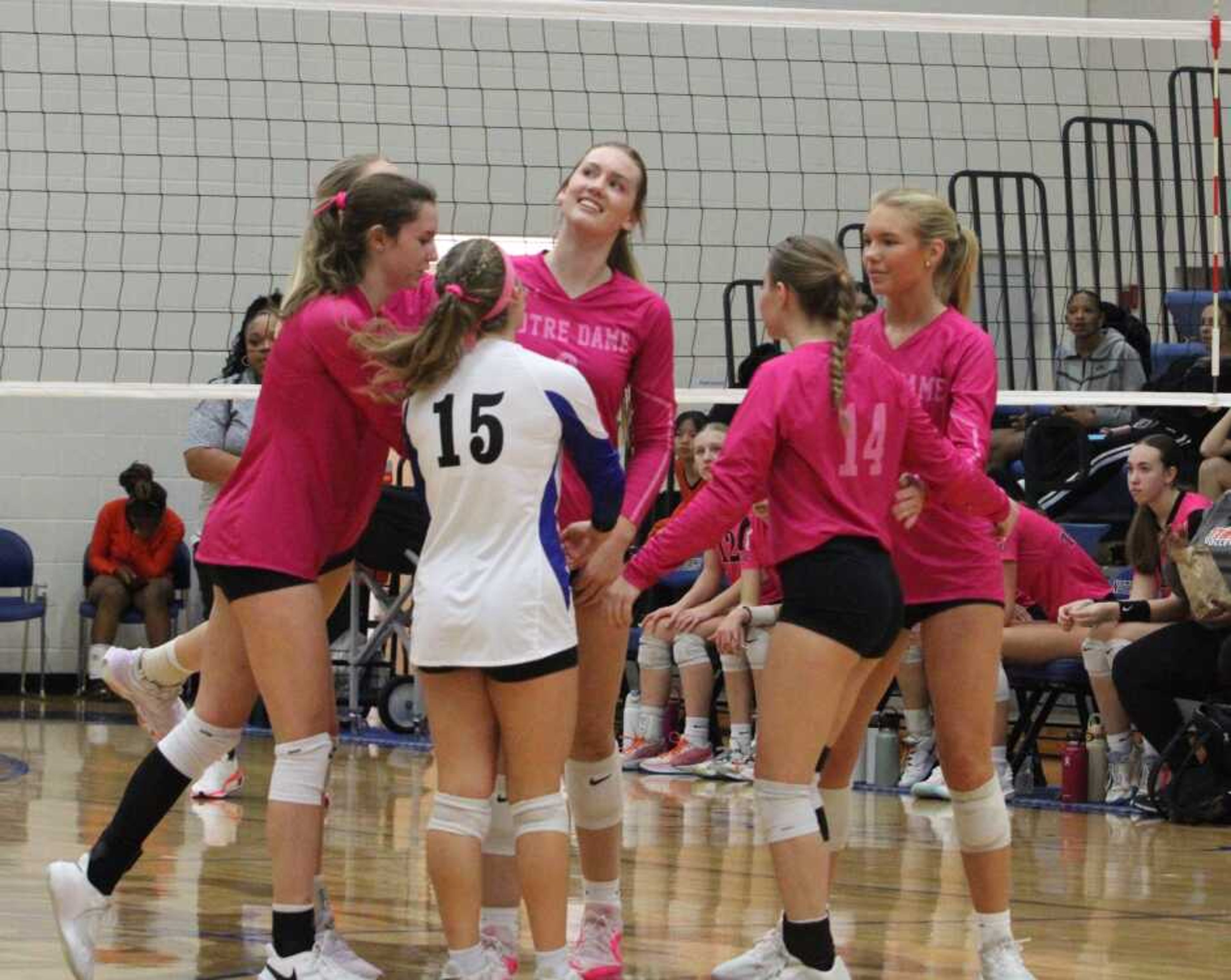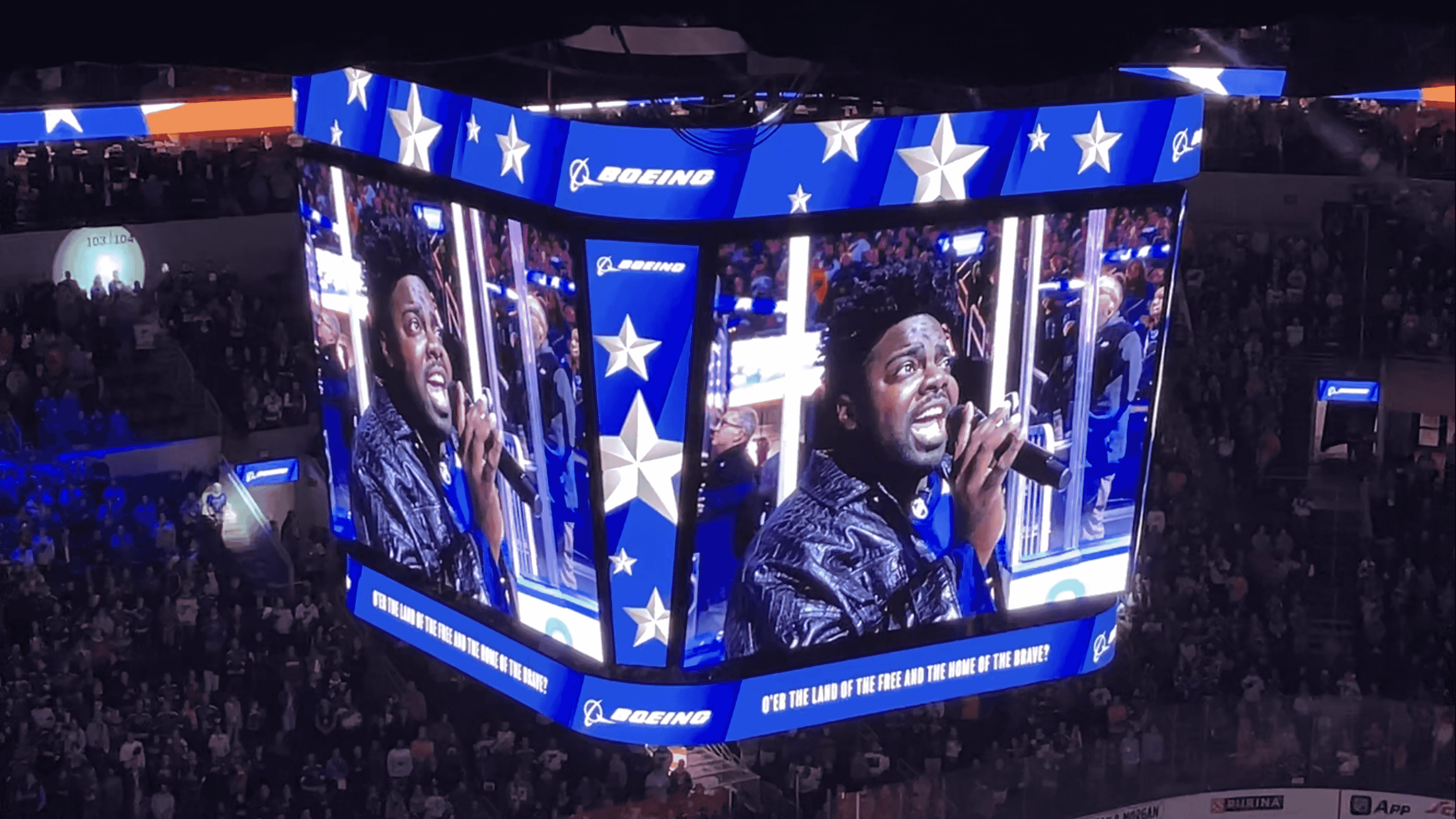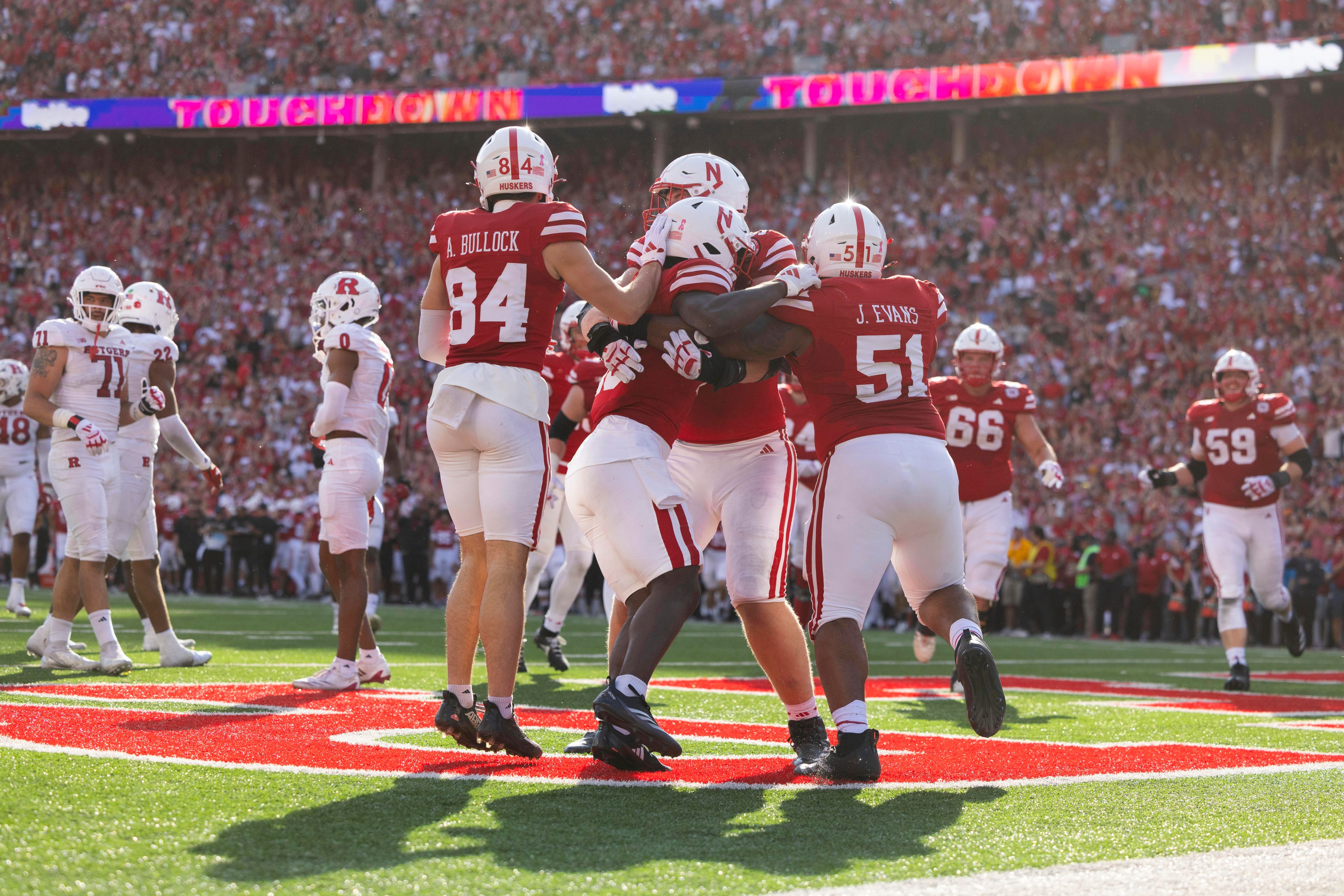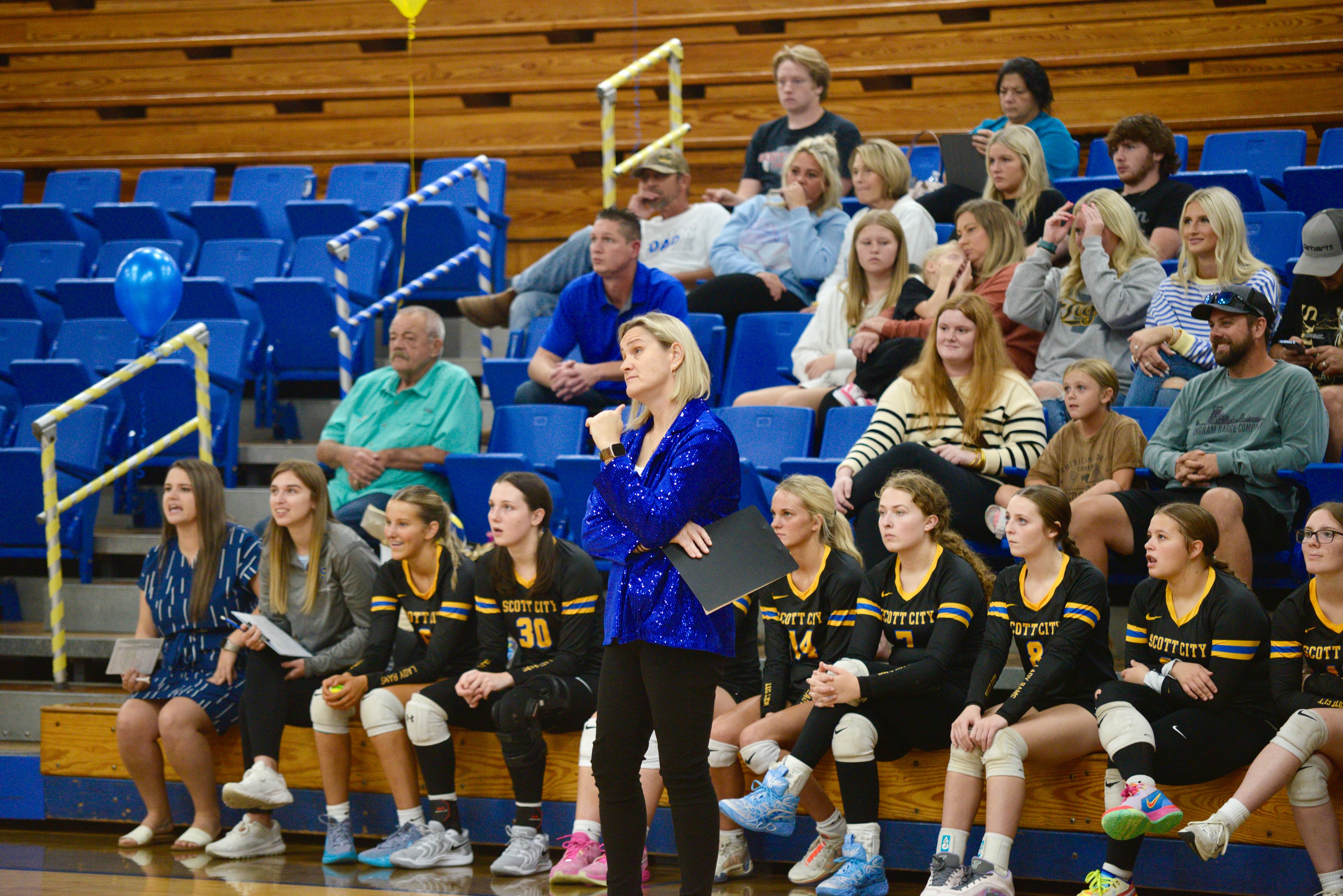A tournament with tradition
WICHITA, Kan. -- It has changed in appearance and purpose over the years, at once a last gasp at fame for fading stars and harbinger of unbridled dreams. It introduced Satchel Paige to the American sports lexicon, and over the years ushered through young and spry versions of Barry Bonds, Tony Gwynn and Roger Clemens...
WICHITA, Kan. -- It has changed in appearance and purpose over the years, at once a last gasp at fame for fading stars and harbinger of unbridled dreams. It introduced Satchel Paige to the American sports lexicon, and over the years ushered through young and spry versions of Barry Bonds, Tony Gwynn and Roger Clemens.
The National Baseball Congress and its annual World Series, the vision of Wichita sporting goods salesman Hap Dumont 75 years ago, begins Friday.
For two weeks, factory workers will share the same diamond with professional hopefuls, a 50-year-old left fielder will throw a relay to an 18-year-old shortstop, and in the middle of the night, the only sound to be heard will be the crack of a wooden bat.
"The tradition of this place is hard to understand," said Jerry Taylor, director of operations for the tournament. "I know there's a lot of baseball places around, but I put ours with just about anybody. We have a rich tradition."
It began in 1931, when Dumont, a retail whiz, saw a Sunday sandlot game between traveling circus clowns and local firefighters. The idea for a national semipro tournament gestated for years, until the first pitch of the modern NBC World Series finally zinged across the plate at Lawrence-Dumont Stadium in 1935.
And while it wasn't tossed by Paige himself, he was the major attraction.
Dumont promised the Negro Leagues star and his North Dakota barnstorming team $1,000 to play, blurring baseball's color line a dozen years before Jackie Robinson reached the Brooklyn Dodgers.
Paige brought the tournament national exposure and instant credibility, along with an overpowering fastball.
"We started out as a town-team tournament, the old semipro teams," Taylor said. "Then it kind of turned into an industrial league-type tournament during the war years."
But by the 1980s, few factories sponsored amateur teams anymore, and a resurgence of the minor leagues had spelled the end of the semipro circuit. Teams are now made up mostly of college kids, often professional prospects, who use the World Series as an audition for salivating scouts.
Tacked onto the pillars holding up the sagging grandstand at Lawrence-Dumont Stadium are plaques honoring dozens of pros who got their start as wide-eyed youngsters at the NBC.
Behind home plate is one for the trio of Barry Bonds, Rafael Palmeiro and Pete Incaviglia, who trolled the outfield for the Hutchinson (Kan.) Broncos in 1984. But, as their plaque reads, "even their skill and prowess couldn't get Hutchinson into the NBC finals."
Former St. Louis Cardinals shortstop Ozzie Smith played for Eberly in 1976, and current stars Albert Pujols (Hays, Kan.) and Mark Prior (Bonita, Calif.) played as recently as 1999.
"I remember getting up to play a game at 8 in the morning," Smith once said. "We had fastballs for breakfast."
There are anomalies, of course. In 2004, the Maxim Yankees from California featured 63-year-old first baseman Jack Gifford, chief executive officer of the multibillion dollar Silicon Valley company, Maxim Integrated Products.
But Gifford's appearance only added to the satisfying combination of novelty and history that has become a signature of the World Series.
Forty-two teams are packed into a double-elimination bracket, resulting in 83 games over 16 days.
To make it work, the tournament features a baseball round-the-clock weekend next week. Play will begin Aug. 4 at 5 p.m. and continue day and night through Aug. 6 -- 17 games in 56 hours -- with fans unfurling sleeping bags in the stands and checking in each game to make sure no one is skipping out.
A bell is rung at least once each game, and fans must announce their presence. Those who answer the bell every time receive a hard-earned T-shirt -- a badge of honor to be worn at next year's tournament.
"It's kind of chaos," Taylor said, "and hopefully organized chaos."
Taylor said the tournament has rarely struggled over the years -- no hiccups or fleeting moments of impending demise. It has been financially stable and brings in close to 100,000 fans annually.
Even so, rumors are rampant that the Rich family -- who owns the NBC as well as the Wichita Wranglers of the Class AA Texas League -- could move the organizations to Springdale, Ark., where city leaders have passed measures to build a new stadium.
Wichita officials have been cobbling together a plan to keep both.
It's a tenuous time for a tournament that for decades has left an indelible impression on those who spend two weeks there in late summer.
"I had a helluva time," recalled former major league manager Whitey Herzog, 74, who played for an Army team from Fort Leonard Wood, Mo., in 1953.
"We all stayed at the Broadview Hotel and we'd get together every night. Hell, we'd get together till 3 o'clock in the morning. After a week or two of that, you were on your rear end pretty good."
Herzog hadn't been back to Lawrence-Dumont Stadium in decades, the tournament forgotten while he led the Kansas City Royals to three division titles and the Cardinals to the 1982 World Series. It wasn't until his grandson, Philadelphia Phillies prospect John Urick, played in the tournament a few years ago that Herzog returned.
"It was very similar," he said. "I was just amazed at how some things never change."
Connect with the Southeast Missourian Newsroom:
For corrections to this story or other insights for the editor, click here. To submit a letter to the editor, click here. To learn about the Southeast Missourian’s AI Policy, click here.
